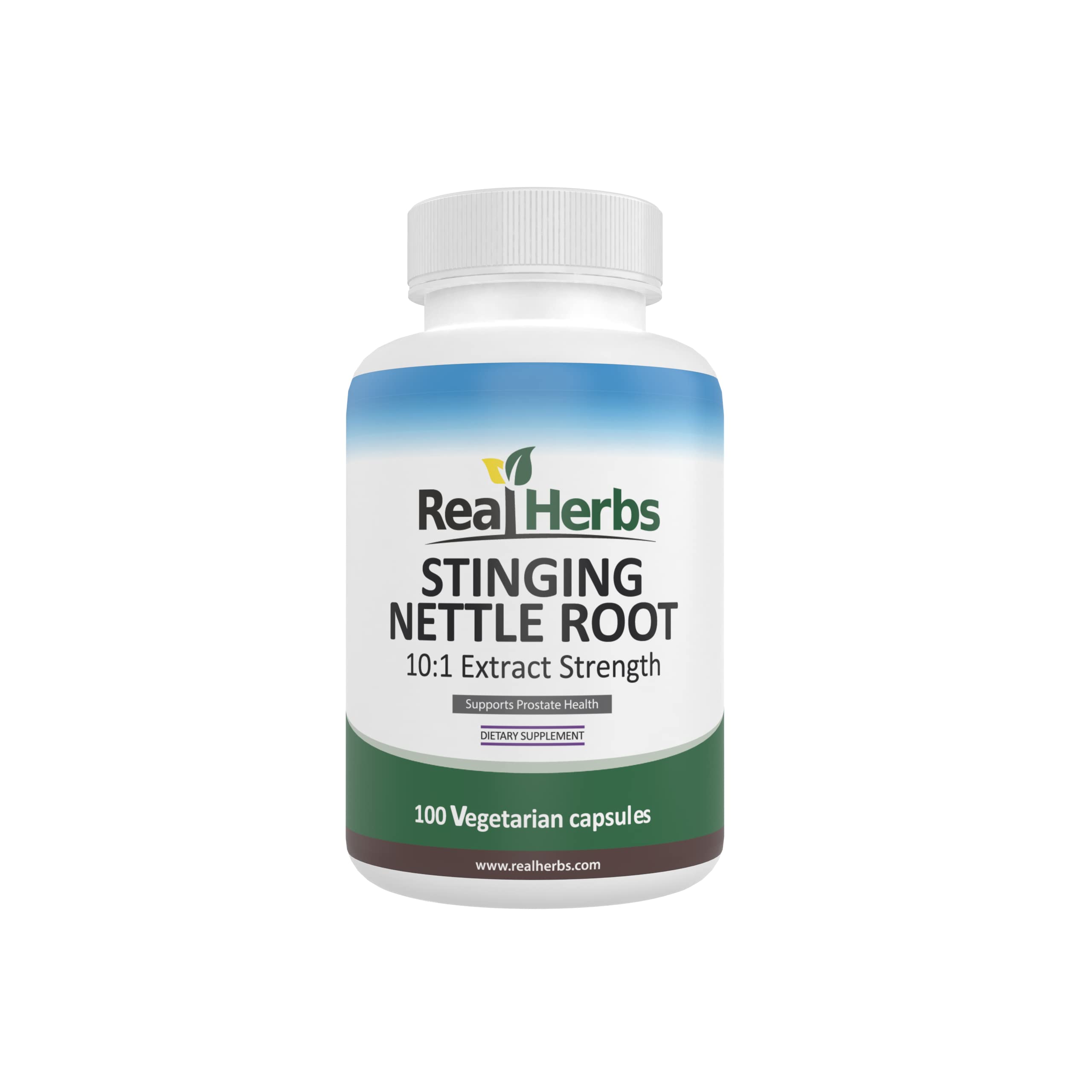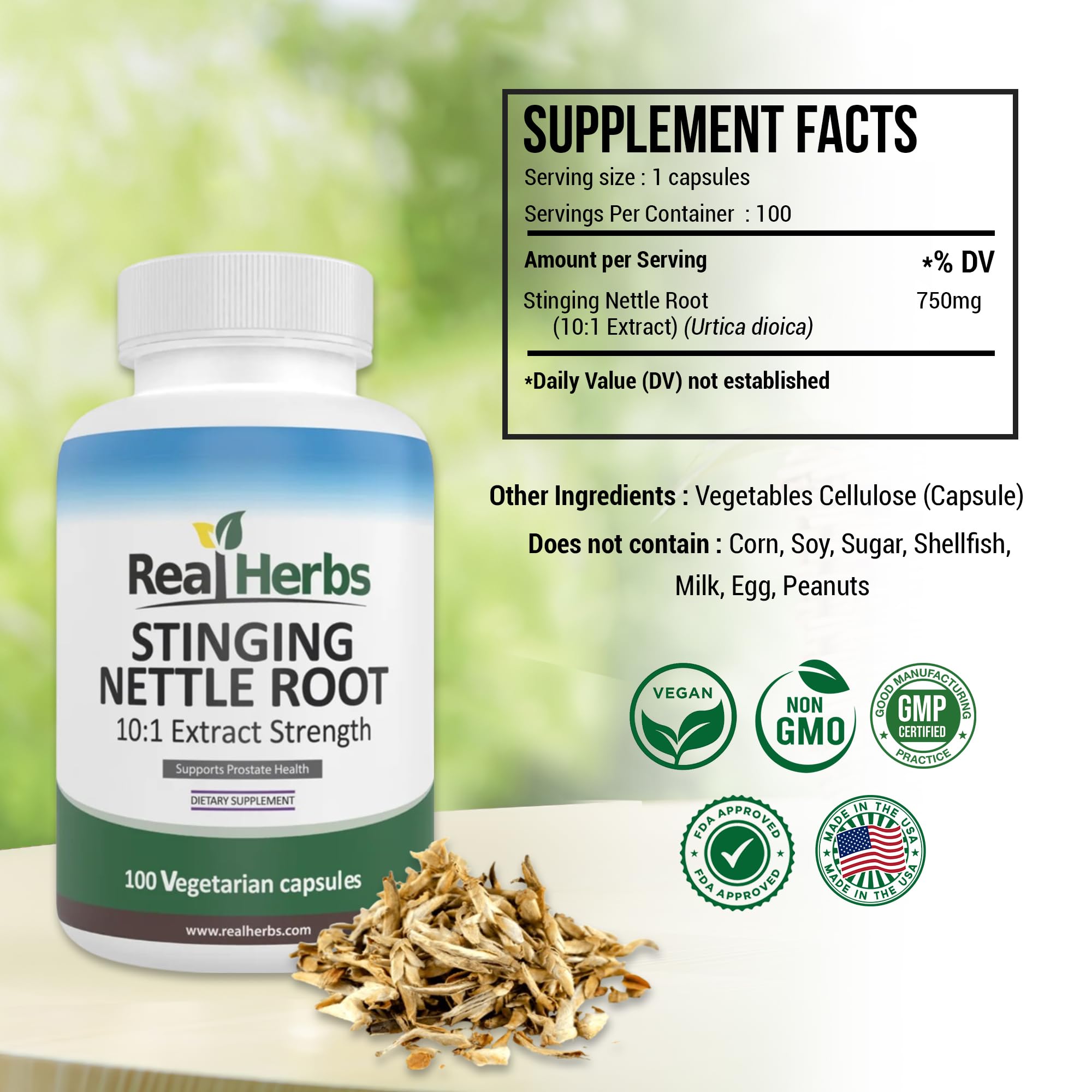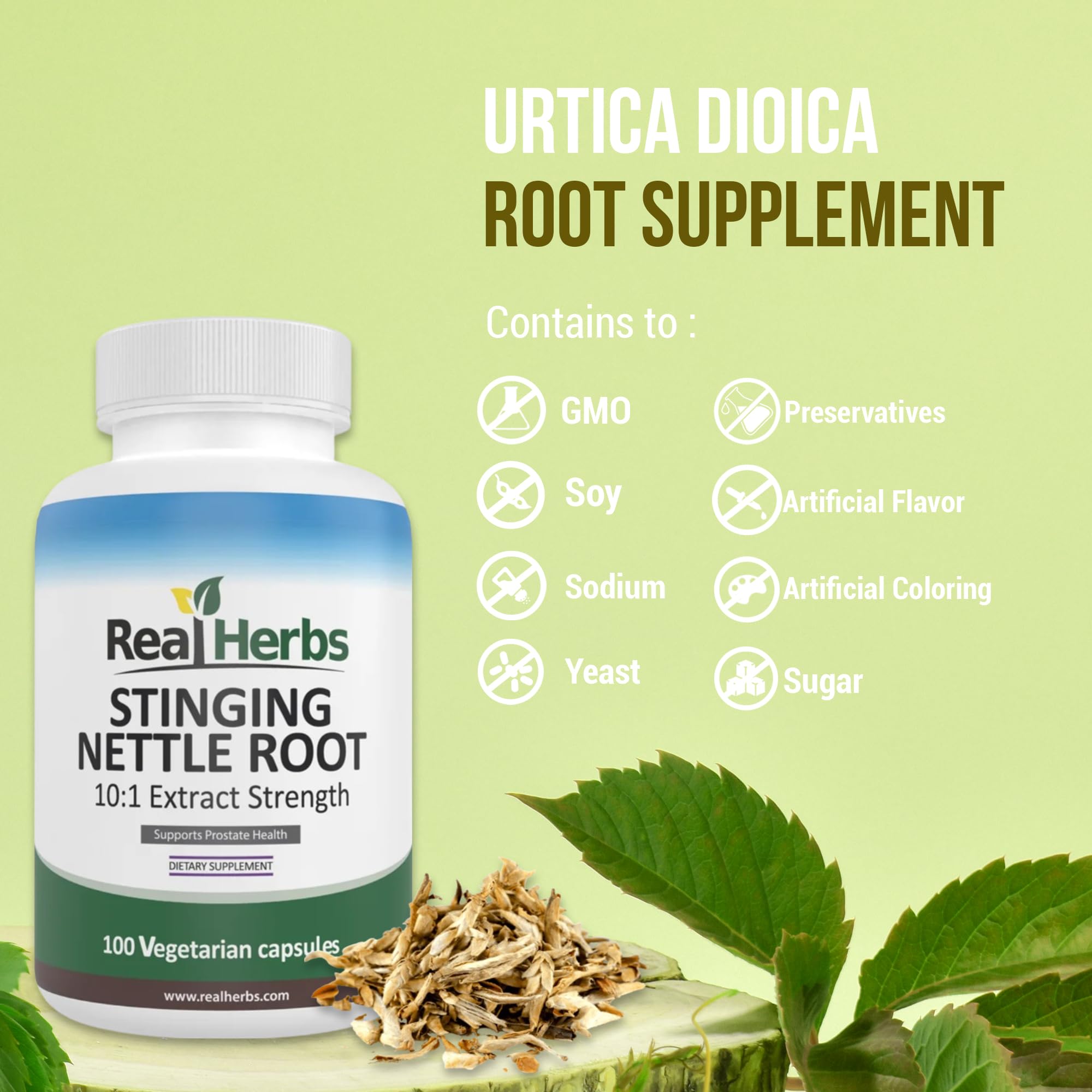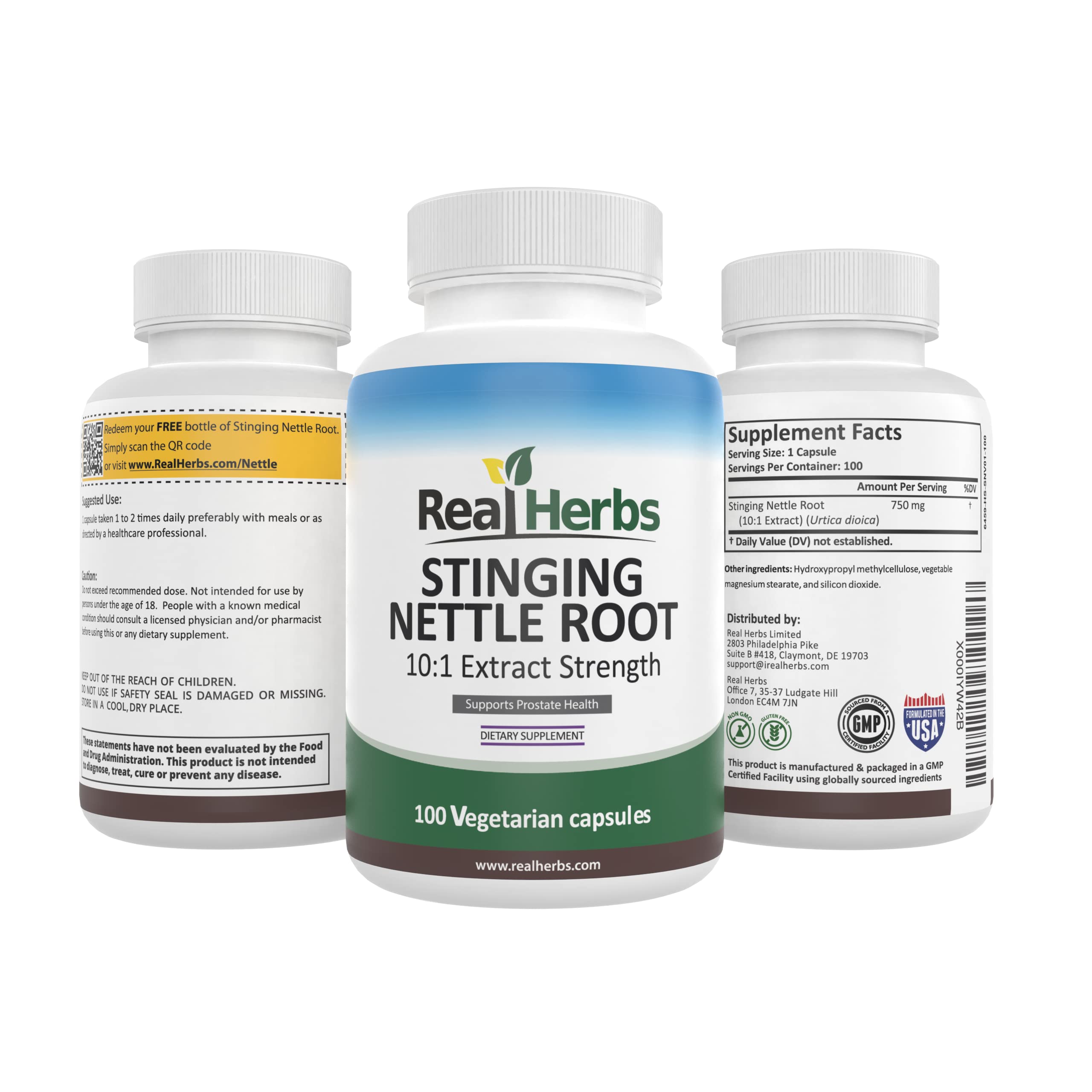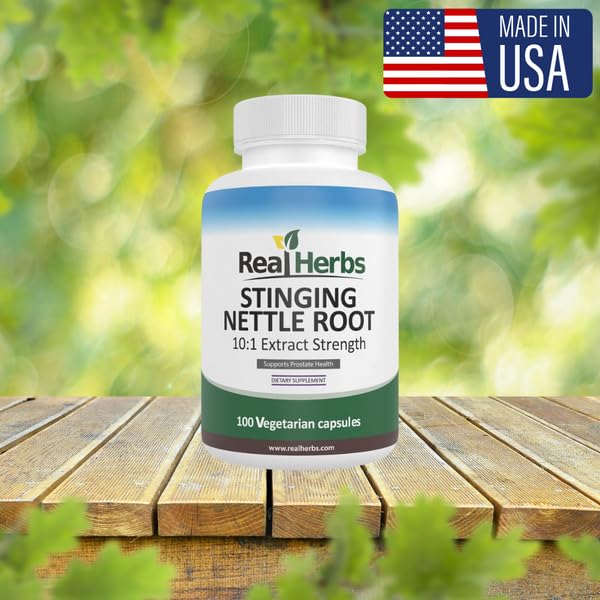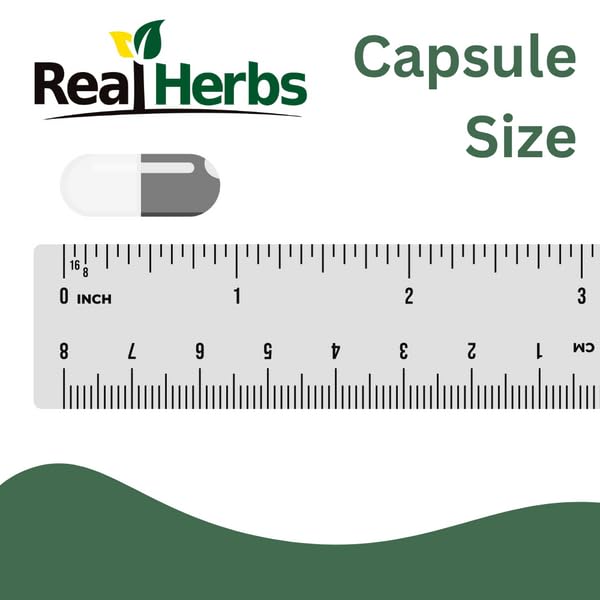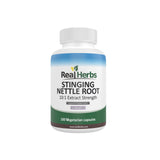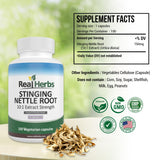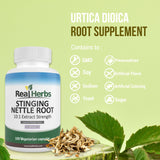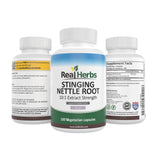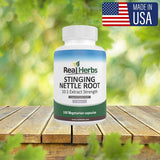Can Chocolate Lower Risk of Diabetes and Heart Disease?
Diet and Health
According to a USDA report, four out of the top 10 leading causes of premature death in the United States are directly influenced by diet. There is no doubting the fact that the choice of diet is playing an increasingly crucial role in the well-being of the people, and with increasing awareness and exposure, more and more people are making more informed choices pertaining to the kind of food they are eating, and more importantly, pertaining to the kind they are not. Diabetes and heart disease are two of the most common lifestyle induced ailments that are prevalent and growing rapidly among the population at an alarming rate. If you are above 40 with a sedentary lifestyle, chances are, that your doctor might have already asked you to have a heart check up done and to increase your activity level, in addition to keeping a control on the diet.
Along with the increased awareness and a demand of products that are nutritionally rich and easy to consume, has come a lot of ‘researches’, some indeed genuine while most really half baked and lopsided on the effects of certain kinds of foods to have or not to have for a particular disease control. People with high risk of cardiovascular diseases and diabetes are asked to eat a lot of ‘heart healthy’ products such as lean fish, nuts, whole fruits and other low fat, low cholesterol food products. Along with these products that are well known, you might be also asked to consume another food product that has been a favourite of the old and the young alike for generations, but was not really thought to have significant health benefits, until now. Yes, I am talking of the humble bar of Chocolate.
Why Chocolate ?

Over the last few years, there have been a number of studies that have linked the consumption of Chocolates to the lowering of the risk of the incidence of Heart disease and Diabetes in human beings. According to medicalnewstoday.com, owing to the high levels of antioxidants in dark chocolate, especially flavonoids, consumption of a moderate amount of Dark Chocolate can, to some extent, help in preventing some forms of cell damage. Whereas the study, goes on to offer the caveat of pairing the consumption of Chocolates with an increased level of metabolic activity as well as other forms of diet control, it does open out the question if Chocolate is actually good for you, in relation to it lowering the risk of diabetes and heart disease. At the moment, though, the jury seems to be still out on that one and I felt I must question this finding in good faith and based on the available data.
Why Chocolate is Not really the Wonder Drug
To understand completely why the Chocolate might not be a wonder health food after all, we must first, and in all fairness, try and understand what are the essential components of a Chocolate bar that we get out in the market, and post the publication of such articles claiming massive health benefit of Chocolates, people like you and me have sprinted to get from the nearest supermarket and consume merrily. Any commercially manufactured Chocolate normally has at least four major components, the Cocoa Liquor, The Cocoa Fat (Usually some other plant based fat is used), Sugar and Dairy. It is common knowledge that Chocolate typically has an extremely high amount of Sugar per unit serving. In fact, even the American “Bittersweet” chocolate has 50% of Sugar! That amount of Sugar cannot be good for you. It is also a known fact that Chocolates produced commercially use a number of flavourings, fats, and stabilizers. Chocolate also has typically a very large amount of Calories and it is always better to keep a check on that, irrespective of the food article.
The questionable veracity of Chocolate Studies
Another interesting facet of the ‘studies’ that have linked Chocolate to being a healthy food product is the involvement of actual Chocolate Manufacturers in these studies. Historically, the Chocolate manufacturers have been among the most opaque class of businesses, with many precedents of them subverting facts with the view to sell more. Starting from Milton Hershey, the founder of the iconic Chocolate brand ‘Hershey’s’, who actually promulgated at one point that “an ounce of chocolate provided more energy than a pound of meat”. In fact, in 1926, Hershey even approached the Supreme Court of the US to convince them to officially declare Chocolate as being a food, and not a confection. The US Supreme Court swiftly quashed the argument due to the lack of supporting evidence. Further on , the National Confectioners association went another step and started to profess that candy is good for you and can help you lose weight and fight tooth decay, exactly opposite of what youngsters have been warned against by generations of grandparents and parents, even well-meaning Doctors. The Mars Corporation, one of the largest Chocolate manufacturers in the world created a really ambitious campaign comparing their chocolate’s nutritive values to that of oatmeal, apples, and even milk. In one particular television advertisement in the 90s, The Mars Corporation showed a glass of milk turning into a Milky Way chocolate bar. The Federal Trade Commission subsequently interfered and reprimanded the company for trying to imply that their products were wholesome and nutritious and to not let the public be drawn to believe the same since it wasn’t scientifically established. There were many other recorded instances where the mighty chocolate manufacturers were found playing dirty and trying to promote their products in unethical ways. In one of the largest product-liability rulings in the United States’ history, the Hershey’s Foods Corporation was convicted of carrying on misleading advertising practices and misrepresenting their products as being healthy whereas they had negligible nutritional value. The Hershey Foods Corporation was asked to pay a whopping 135 Billion USD in restitution fees to 900,000 obese Americans who had consumed the companies fattening snack foods for years together. Similarly, the hazelnut spread brand Nutella was made to pay over 3 Million USD to settle a class action Lawsuit where they were found guilty of misleading customers to think that it was a healthy food. The point is, whatever we hear about Chocolate might be true. The opposite of that might be true as well.
Chocolate companies are known for their legendary malpractices, cut-throat competition that has at many times ventured into borderline criminality and their suppression of facts. In fact, it is said that most Chocolate companies are so competitive that they spend a lot of money in protecting their secret recipes and go all out to destroy the competition, in whichever means they deem suitable. There have been incidences of spies being used and unfair trade practices being followed in the world of Chocolate manufacture galore. Many companies have also been accused of following inhuman labour practices and suppression of financial data. The overall point therefore is, should you really believe ‘studies’ that are funded and promoted by the chocolate companies themselves about their own product?
What makes Chocolate Harmful?

So what is the most harmful ingredient in a Chocolate bar? Well, it is the extremely high amounts of refined sugars that are present in the commercially sold chocolates. While many popular chocolates are covered with sugar itself, such as the m&m, and it should be a reason enough to avoid those, the fact is that most Chocolates sold commercially have to be price competitive, easy to store for longer and should be somewhat addictive. Yes, addictive, or in other words something that causes cravings. And sugar does an extremely good job out of it. Apart from increasing the levels of Cholesterol, the sugars present in Chocolate bars can have detrimental effects on almost all other health parameters such as blood pressure, obesity and can cause diabetes. The Institute of Medicine recommends that the sugar must be less than 25% of the total calories whereas the World Health Organisation recommends less than 10 percent. The American Heart Association, on the other hand, suggests that men should not have more than 150 calories worth of sugar a day and women a 100 calories worth of. It is a fact that most Chocolates available on market shelves have a much higher concentration of Sugars and that is one reason why chocolate is , what is known as ”quasi-addictive”. Research has proven that the more sugar we consume the more we want it. Therefore we can find that processed foods are getting more and sweeter. Sugar is also one of the cheapest raw materials in the Chocolate manufacture and is therefore used at much higher levels, especially in chocolates targeted at the mass consumption markets.
In the year 2007, the American Journal of Clinical Nutrition published a path-breaking research paper on the role of sugar in the epidemic of hypertension, obesity, diabetes, kidney disease and cardiovascular disease. This study concluded that the intake of sugar may have an important participatory role in the current cardio-renal epidemic and contributed towards the incidence of hypertension. Pertaining to the topic at hand here, it is almost unfathomable to believe that a food product such as chocolate with such extreme levels of added sugar can somehow be better for controlling diabetes and heart disease. Whereas most studies that claim to have found evidence that Chocolate is good for you in controlling the above ailments or to lower their risk, do have carefully worded caveats about the ‘exact’ quality of chocolate that should be had, the fact is that most commercially available chocolate and even the exclusive ones will probably not pass the test. What these studies should also talk about is the added health risks involved by having Chocolate products that are excessively sweet, use artificial fat and is laden with harmful chemicals such as lead etc. In fact, talking in generalities, one 1.5 ounces or 44-gram bar of Milk Chocolate contains 235 calories, 13 grams of fat, 8 of which are saturated and 22 grams of sugar! Similarly, one ounce of Dark Chocolate or 28.35 grams contains 156 calories, 9 grams of fat out of which 5 are from saturated fat and 13 grams of Sugar. The saturated fat in the chocolate elevates blood cholesterol, which increases the chances of heart disease and stroke. The added sugars in chocolate have no nutritional value whatsoever and can cause weight gain and heart disease, according to American Heart Association. Alice Lichtenstein, a professor at the Tufts University recommends that if you must have a chocolate, you must cut out other treats and walk an additional 30 minutes, just to burn off the extra calories consumed, most of which came from refined carbohydrates and sugars. The excess sugars are also a cause of dental problems and the Caffeine and other compounds present in the chocolate present various other health risks and chances of addiction.
The Economics of Research: According to data available, Chocolate is an 83 Billion a year business. To put it into perspective, the business value of this single commodity is more than the GDP of more than half of the world’s nations. Europeans eat more than half of the World’s chocolate, without actually growing any. It is a known fact that most researches on a particular food product are commissioned by the manufacturer and/or the seller lobby of that product and whereas it might not be outright manipulated, the research methodologies are many times. Most of these researches are carried on a selective ingredient and the results are made out to believe that just because that particular ingredient present in the food item, which might have certain health benefits, the whole food item is beneficial, which might not be the case. In the case of Chocolates too, most researches were done on some isolated compounds in the cocoa because it is fairly common practice in Nutritional research to carry studies on food fractions without any other co-factors considered and to quote the results in isolation.
So Chocolate is Not as Good, What is?
Whereas Chocolate might not be the perfect food product that can lower the incidence of Heart Disease and Diabetes, but indeed there are certain food supplements that have proven beneficial in the management of the above two common ailments.
In addition to regular medicine and the other lifestyle changes, a few food supplements have shown great promise in the treatment and management of Diabetes and Heart Disease. Some of these are:

Cinnamon: It has been found in multiple types of research that the commonly used flavouring spice “Cinnamon “ has shown positive results in lowering of fasting glucose levels. Whereas Cinnamon has been used in traditional Chinese and Indian medicines for ages, it is now also being consumed by a lot of Diabetics and others who are having it for prevention of occurrence of Diabetes, mostly in a capsule form that is easy to take. Many well-known dietary supplement companies all over the world are making and selling Cinnamon capsules, especially the Ceylon- Cinnamon variety and are reporting verifiable benefits in the management of Diabetes.
Bitter Melon: The effect of the use of bitter melon in the treatment of Diabetes is also well known and further researches are being conducted in many parts of the world towards establishing the exact action of the same. Bitter Melon is also available and used in capsule form and is being manufactured and sold by many well-reputed companies.
Green Coffee: The extract of the unroasted fresh coffee bean contains a very high level of an antioxidant known as chlorogenic acid. This ingredient is known to have multiple health benefits towards weight management, management of diabetes and heart disease. Although a fairly newer entrant in the food supplements market, green coffee is already being manufactured and sold by a lot of very reputed manufacturers of nutritional supplements.

Garlic: The humble Garlic has been used as a blood thinning agent for many centuries in the Indian and the Chinese medicine systems. Many studies have shown the effect of Garlic towards lowering of serum cholesterol and also for its blood pressure management and lipid lowering effects. Many varieties of Garlic capsules are now available in the market, and the most popular ones being the ones that are odourless.
Ginseng : The steamed fermented root of Ginseng, called the ‘Red’ Ginseng has been shown to be effective in regulating glucose and insulin after meals thus preventing the sugar level ‘spikes’. Red Ginseng, that is available in convenient capsules is being manufactured and sold by quite a few reputed food supplement companies and is becoming increasingly popular for its properties towards controlling and managing Diabetes, especially Type 2 diabetes.
With the above discussions, it can be said that in today’s world, where lobbying by the ingredient manufacturers is rampant and sponsored research order of the day, It does make a lot of sense to use your intellect and do some research before falling for any claims of the benefits of a particular food product.
Whereas some ingredients in the Chocolates have shown varied nutritional benefits and the possible presence of certain compounds that can help in the control of lifestyle diseases such as Diabetes and Heart Ailments, it is true that these studies have been noninclusive and inconclusive. Having said that, it is also true that we are what we eat and there certainly are herbs, spices and ingredients that have been used in the management of various diseases since time immemorial in traditional medicine and new and new research are now proving their true worth. In this day and age of fast life and instant gratification, it is important to make yourself a little aware of what you are putting in your body and what nutritional effects it will have, especially in the case of nutritional supplements.

